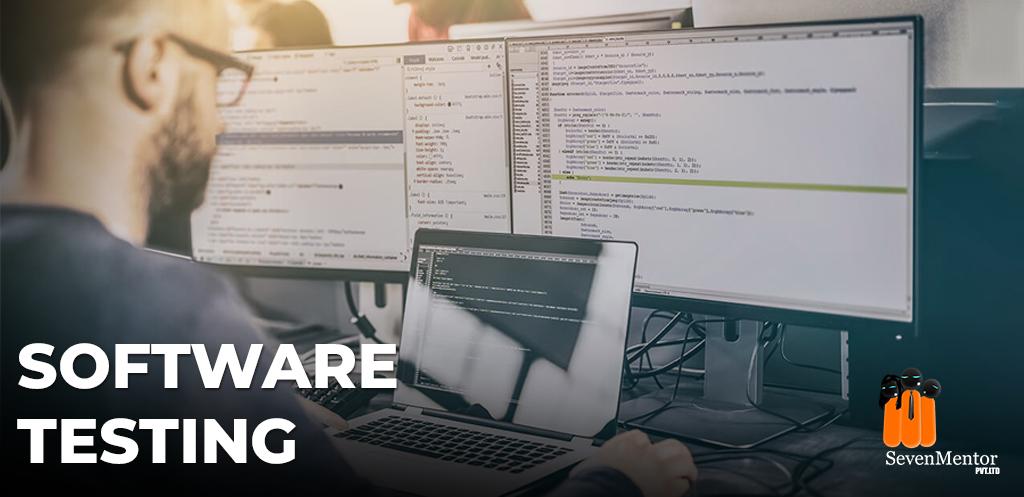Integration testing is a software testing phase in which individual units or components of a software application are combined and tested as a group. The purpose of integration testing is to ensure that the integrated components work together as expected, and the interactions between them do not result in defects or errors. This type of testing focuses on identifying issues related to the interface between integrated components, data flow, and the proper functioning of the system as a whole.
Key points about integration testing:
-
Objective:
- Verify that the integrated components interact correctly.
- Detect and address problems related to data flow and communication between components.
- Ensure that the combined units perform as intended in the larger system context.
-
Levels of Integration Testing:
- Top-Down Integration Testing: Testing is performed from the top level of the application hierarchy down to the lower levels. Stub functions are used for unimplemented lower-level modules.
- Bottom-Up Integration Testing: Testing starts from the lower levels of the application hierarchy and progresses upwards. Driver functions are used for unimplemented higher-level modules.
- Big Bang Integration Testing: All components are integrated simultaneously, and the entire system is tested as a whole.
-
Integration Strategies:
- Top-Down Integration: Start with the top-level modules and gradually integrate lower-level modules.
- Bottom-Up Integration: Begin with the lower-level modules and progressively integrate higher-level modules.
- Incremental Integration: Components are integrated one at a time, incrementally building and testing the system.
-
Types of Interfaces Tested:
- Module Interface Testing: Testing interactions between individual modules.
- API (Application Programming Interface) Testing: Verifying that different software components can communicate and exchange data correctly.
- Database Integration Testing: Ensuring that the application interacts with the database as expected.
-
Testing Tools and Techniques:
- Stubs and Drivers: Incomplete or simulated modules (stubs and drivers) are used to stand in for actual components during testing.
- Mock Objects: Objects that simulate the behavior of real components are used in place of actual components during testing.
-
Challenges:
- Dependency Management: Identifying and managing dependencies between integrated components.
- Environment Setup: Ensuring that the testing environment accurately reflects the production environment.
Integration testing is an essential step in the software testing process, as it helps uncover defects that may arise from the interactions between different components. It provides confidence that the integrated software system functions cohesively and meets the specified requirements.
Read More… Software Testing Course in Pune



